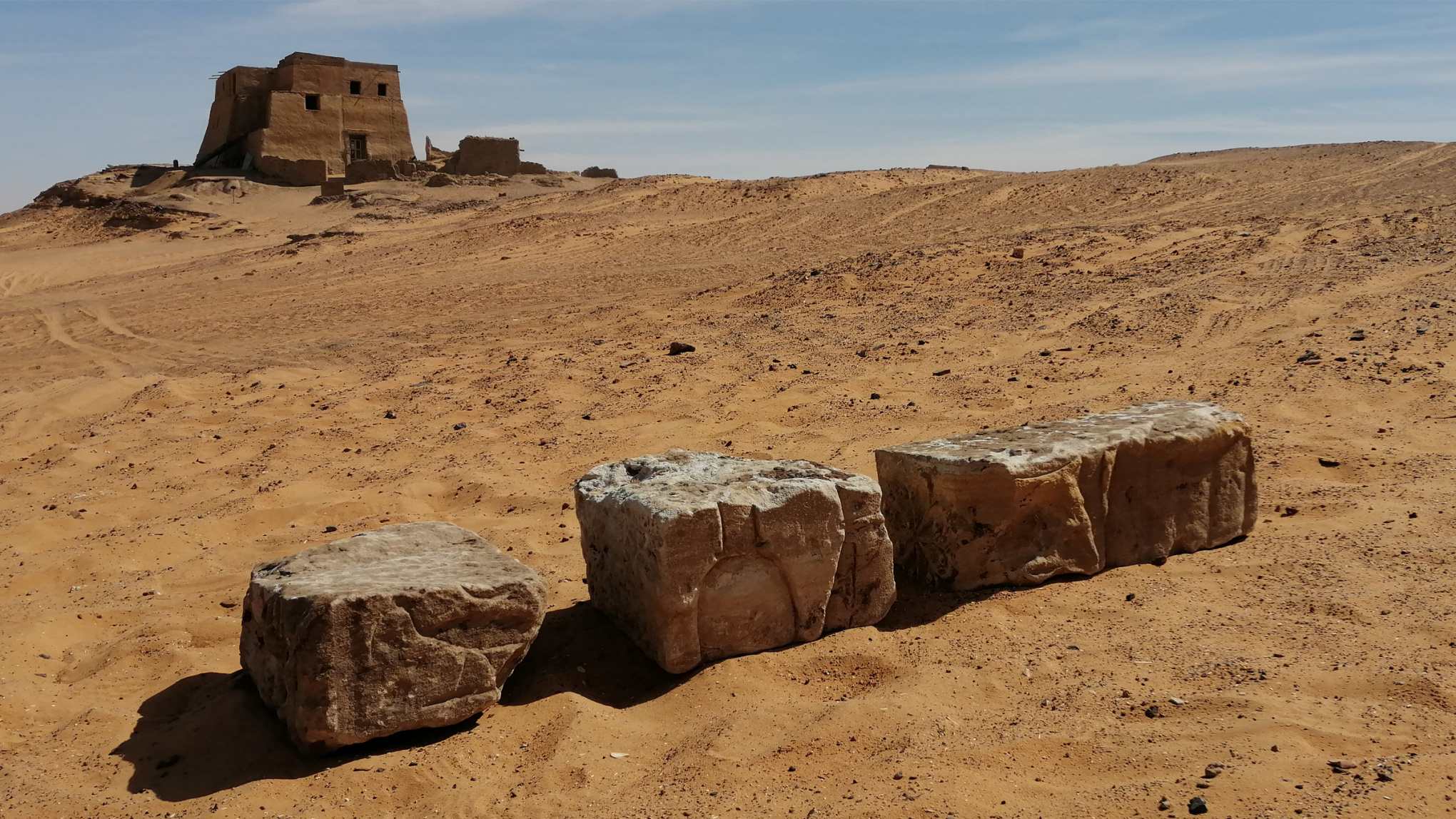Archaeologists have uncovered the remains of a temple dating back around 2,700 years, to a time when a kingdom called Kush ruled over a vast area, including what is now Sudan, Egypt and parts of the Middle East.

The temple remains were found at a medieval citadel at Old Dongola, a site located between the third and fourth cataracts of the Nile River in modern-day Sudan.
Some of the temple’s stone blocks were decorated with figures and hieroglyphic inscriptions. An analysis of the iconography and script suggest that they were part of a structure dating to the first half of the first millennium BC.
The discovery was a surprise, since no finds dating as far back as 2,700 years were known from Old Dongola, archaeologists with the Polish Centre of Mediterranean Archaeology at the University of Warsaw said in a statement.
Inside some of the temple’s remains, the archaeologists found fragments of inscriptions, including one mentioning that the temple is dedicated to Amun-Ra of Kawa, Dawid Wieczorek, an Egyptologist collaborating with the research team, told Live Science in an email. Amun-Ra was a god worshipped in Kush and Egypt, and Kawa is an archaeological site in Sudan that contains a temple. It’s unclear if the newfound blocks are from this temple or one that no longer exists.
Julia Budka, a professor of archaeology at Ludwig Maximilian University of Munich who has done extensive work in Sudan but is not involved with this research project, told Live Science in an email that “it is a very important discovery and poses several questions.”
For example, she thinks more research may be needed to determine the temple’s exact date. Another question is whether the temple existed at Old Dongola or whether the remains were transported from Kawa or another site, like Gebel Barkal, a site in Sudan that has a number of temples and pyramids, Budka said. Although the discovery is “very important” and “very exciting,” it’s “too early to say something precise,” and more research is needed, she said.
Research at Old Dongola is ongoing. The team is led by Artur Obłuski, an archaeologist at the Polish Centre of Mediterranean Archaeology.



